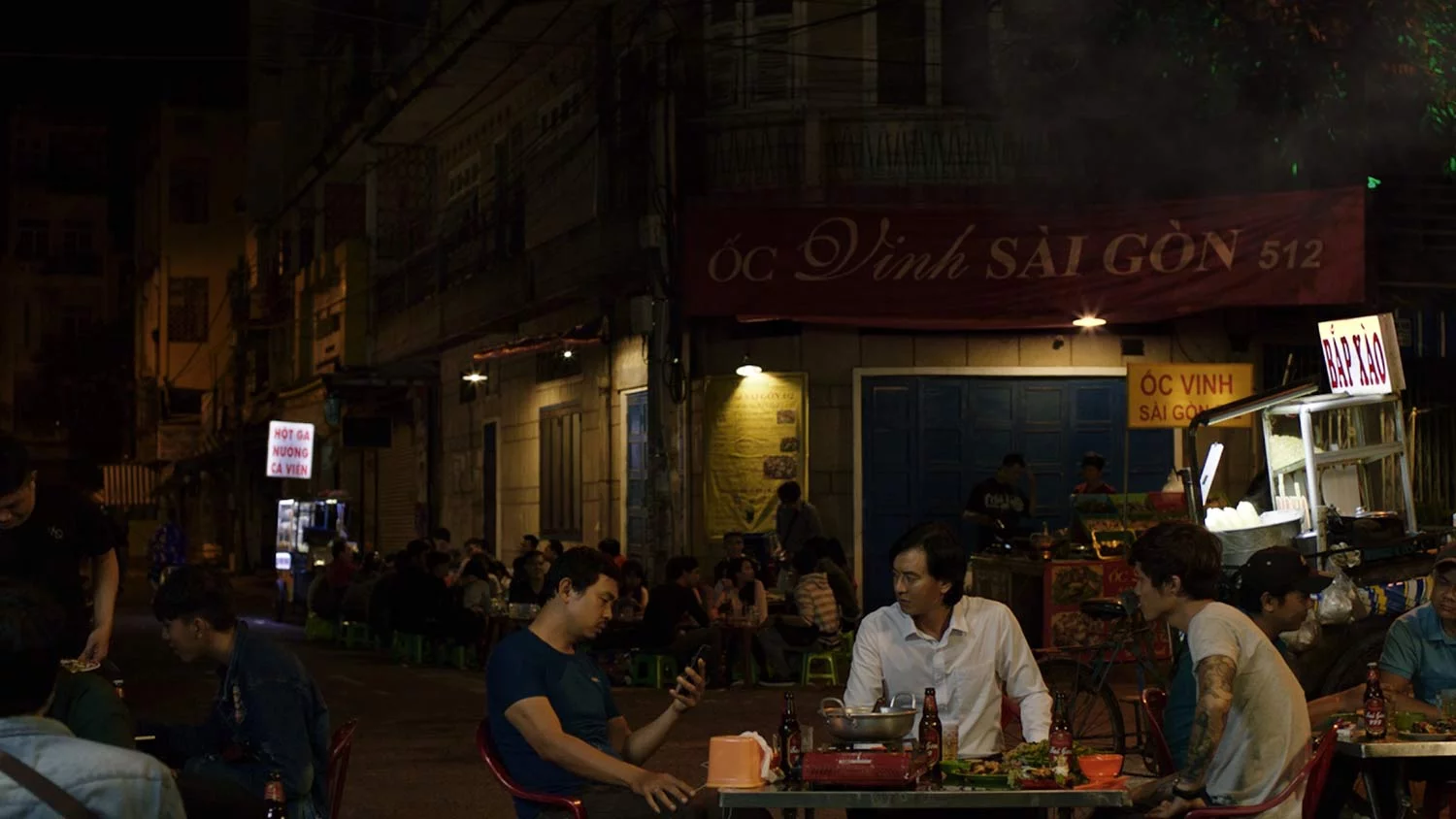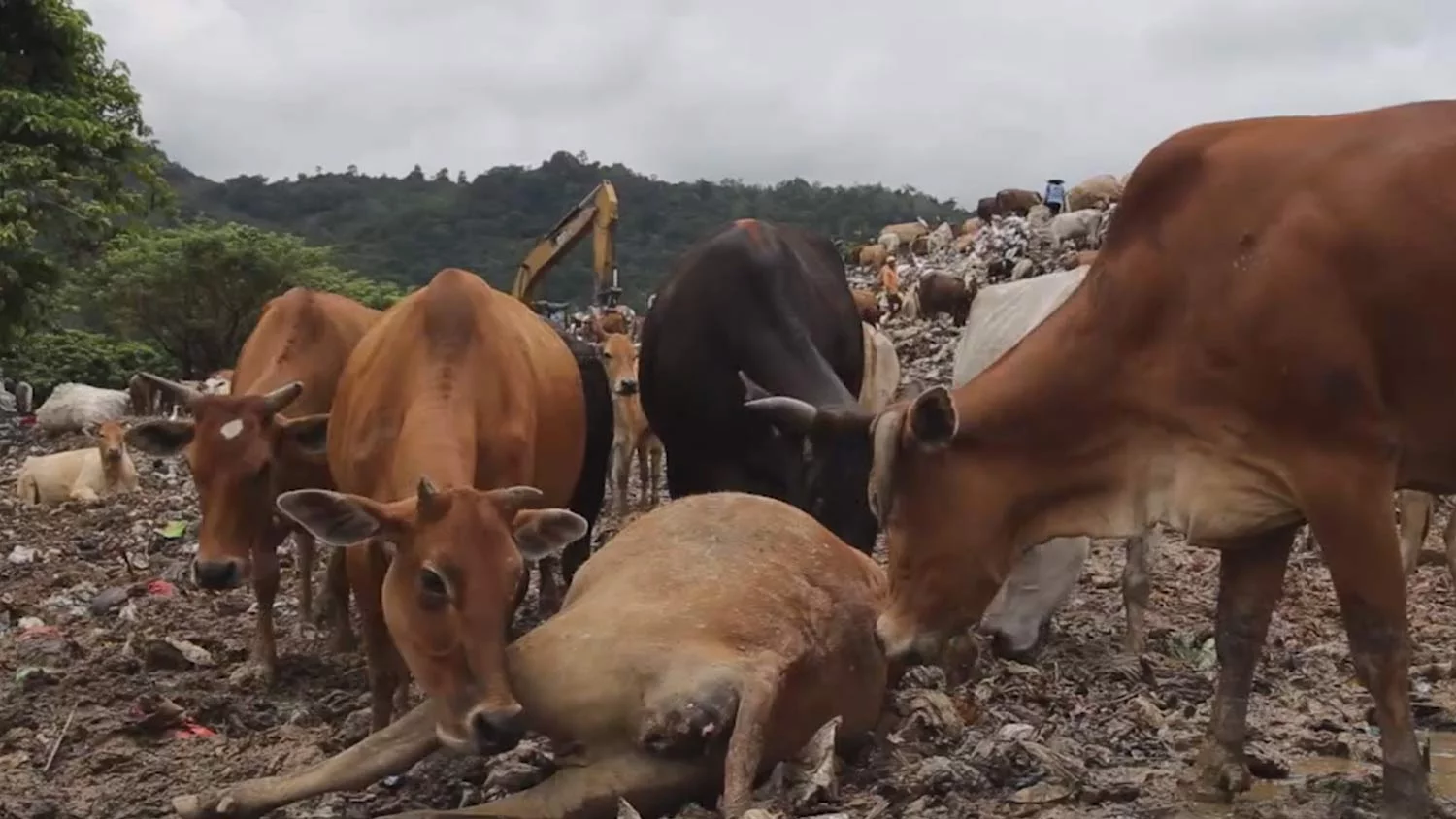When Movie Characters Die, Do They Go To Heaven?
By Clement Yue

A motorcycle had just crashed off camera, killing a man whose “head’s all out of shape” and whose brains had been spilled across the road. The three men in the film revel in the passing of a random stranger; they take pictures and wax lyrical about the scene, all while maintaining an air of disgust. Even though we never see what the accident actually looks like, we can imagine through the excitement of the men.
The art is in encouraging the audience to fabricate the scene in their heads, forcing them to contemplate their own mortality by imagining someone else’s. Anyone in the audience could be in that accident; we are all flesh and bone, bags of muscle and sinew, at the end of the day. This is reinforced by the shot of one of the men’s foot where he had cut himself chasing a kid who stole his money. The sight of his wound is meant to draw a primal reaction from the audience; the blood oozing onto the table a leaking of the life force, the plates of meat in the background echoing the difficult truth that we are just worm food in the end.
Pareidolia is the condition in which we erroneously see faces in non-human objects. It’s how we derive emojis and ascribe feelings to a couple of squiggly lines. Art would be meaningless if we couldn’t personify objects. Movies bank on our ability to throw human meaning into non-human things, to connect emotionally with say, a clownfish.
In Diary of Cattle by Lidia Afrilita and David Darmadi, we are challenged to try and connect with cows. There is difficulty in empathising with an animal that is not ‘intelligent’ or has not been given intelligence by humans in for example an animated movie where non-human are given life by human dialogue and human motivations. Imagine shooting a movie about a wooden Ikea stool and expecting people to be empathetic to something so unrelatable. Yet Diary has achieved this with a subject matter as alien and abstract as cows in a landfill.

Cows mourn their dead in Diary of Cattle (2019).
The cows are in a landfill and graze on the landfill, they have sex on the landfill and they die on the landfill. The various stages of human life portrayed by garbage eating cattle. When one of the cows die, the other cows sniff, nuzzle and gently try to move it. As time passes, more and more cows show up and they perform the same rituals. And then it clicks. This scene is a parody of human funerals. Are we not like the cows when a loved one passes? At funerals, we’re lost, and with blank eyes, mill around the dead body waiting for something to happen. We recognise that one of us has fallen and accord the necessary respect of just being there, acknowledging that, yes, this was a person, and this person was one of us.
Death fascinates us because it is the single most mysterious phenomenon on Earth. More than the Bermuda Triangle, more than ghosts, more than God himself, death is the one phenomenon we can philosophise about yet we can’t begin to understand because there is nothing to understand. Because there is nothing. No matter how much we fear it, saddened by it and disgusted by it, and as we as a species stare into the void, we know that there is a beauty and a unity in the eventual fate of all living creatures, great and small.
– Clement Yue